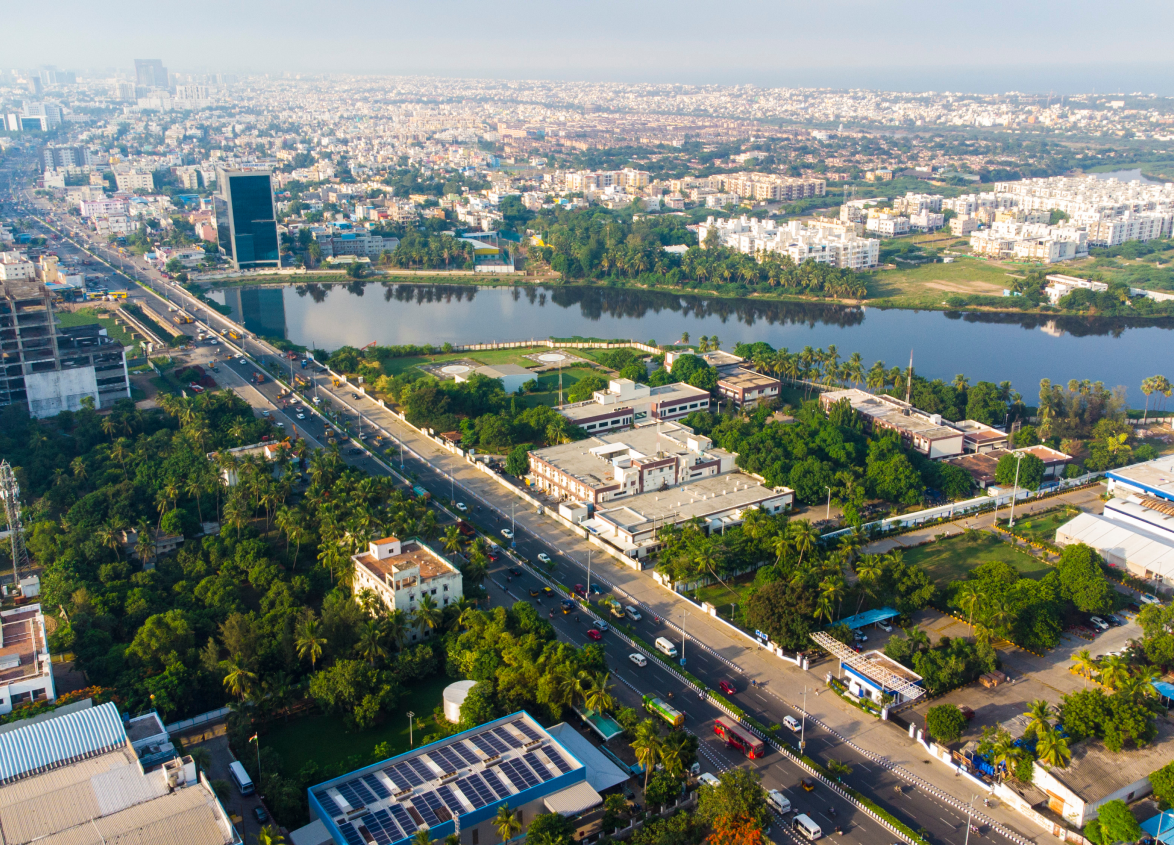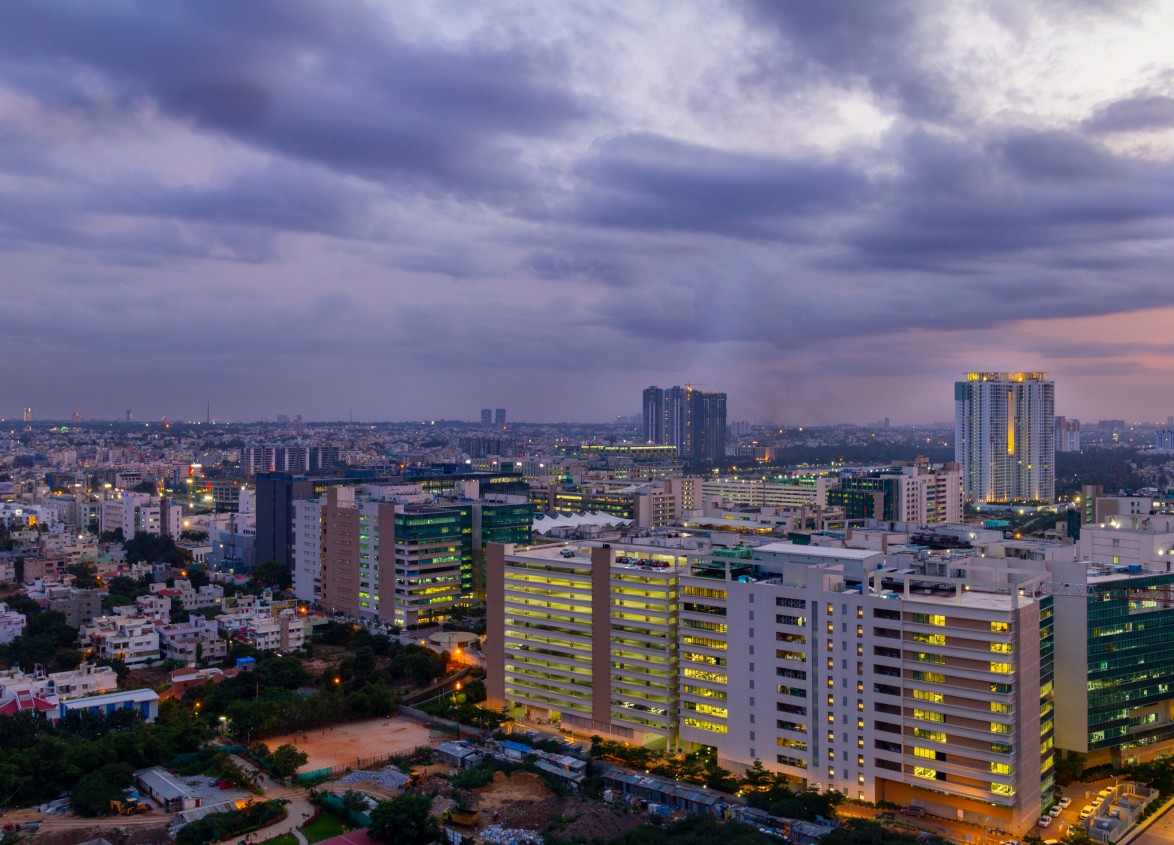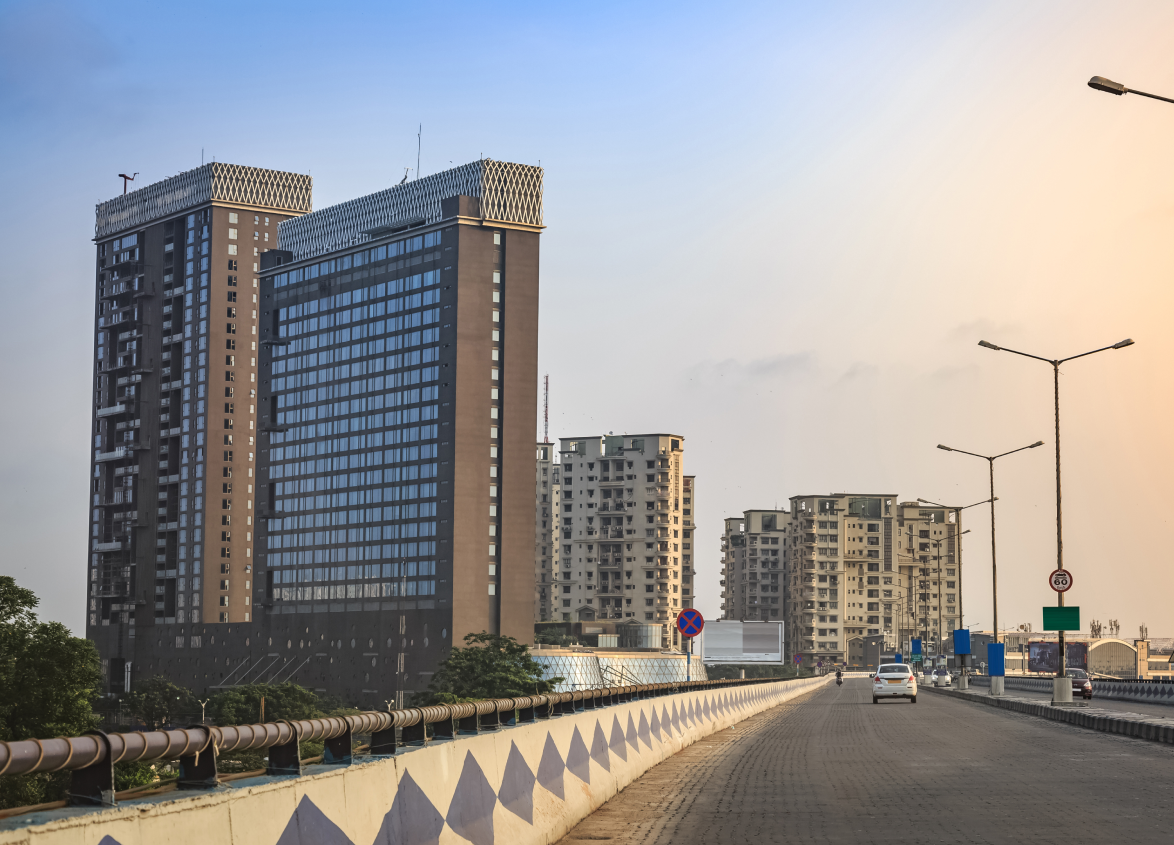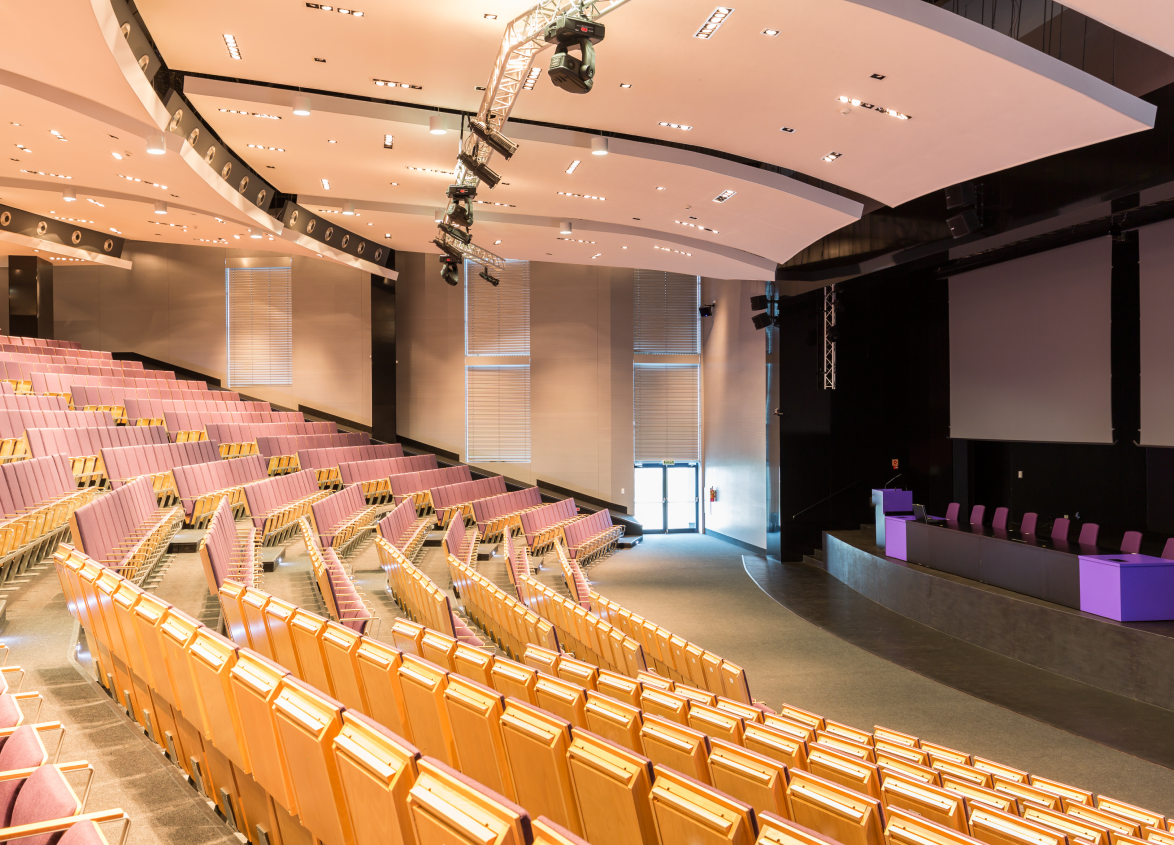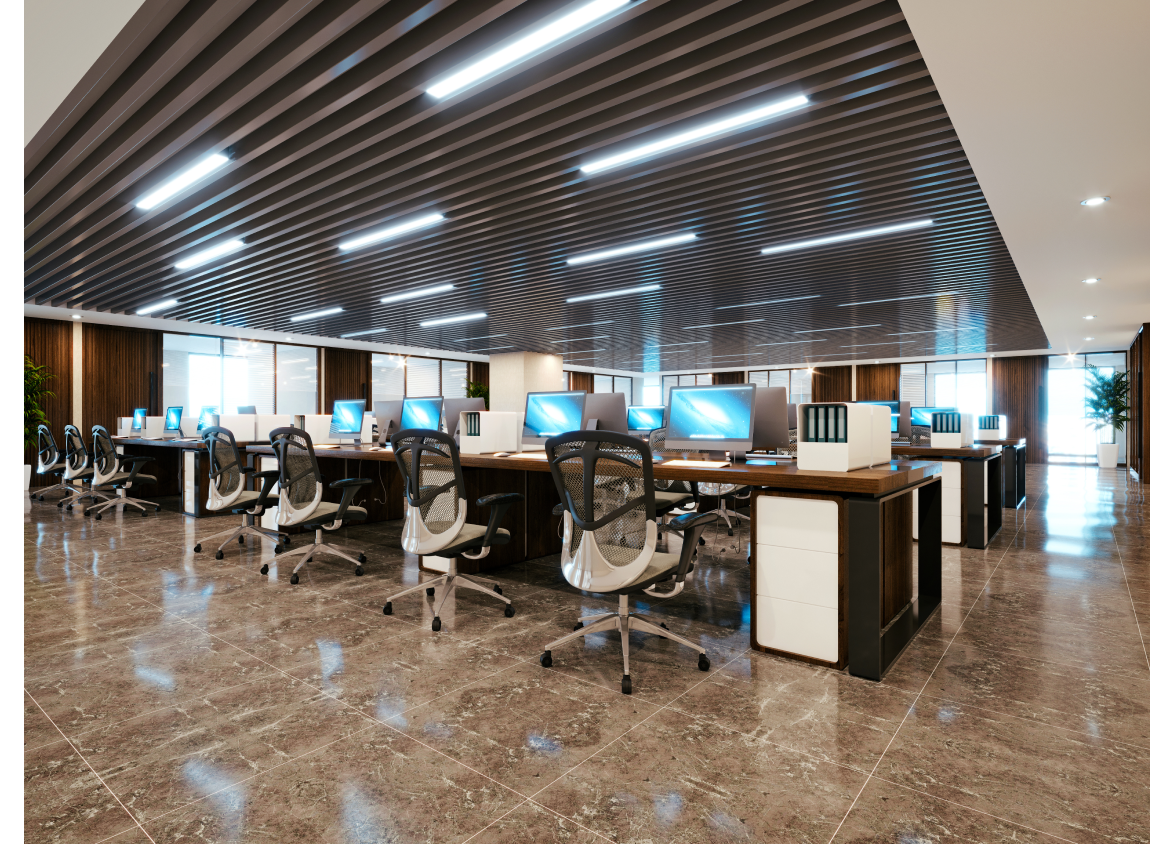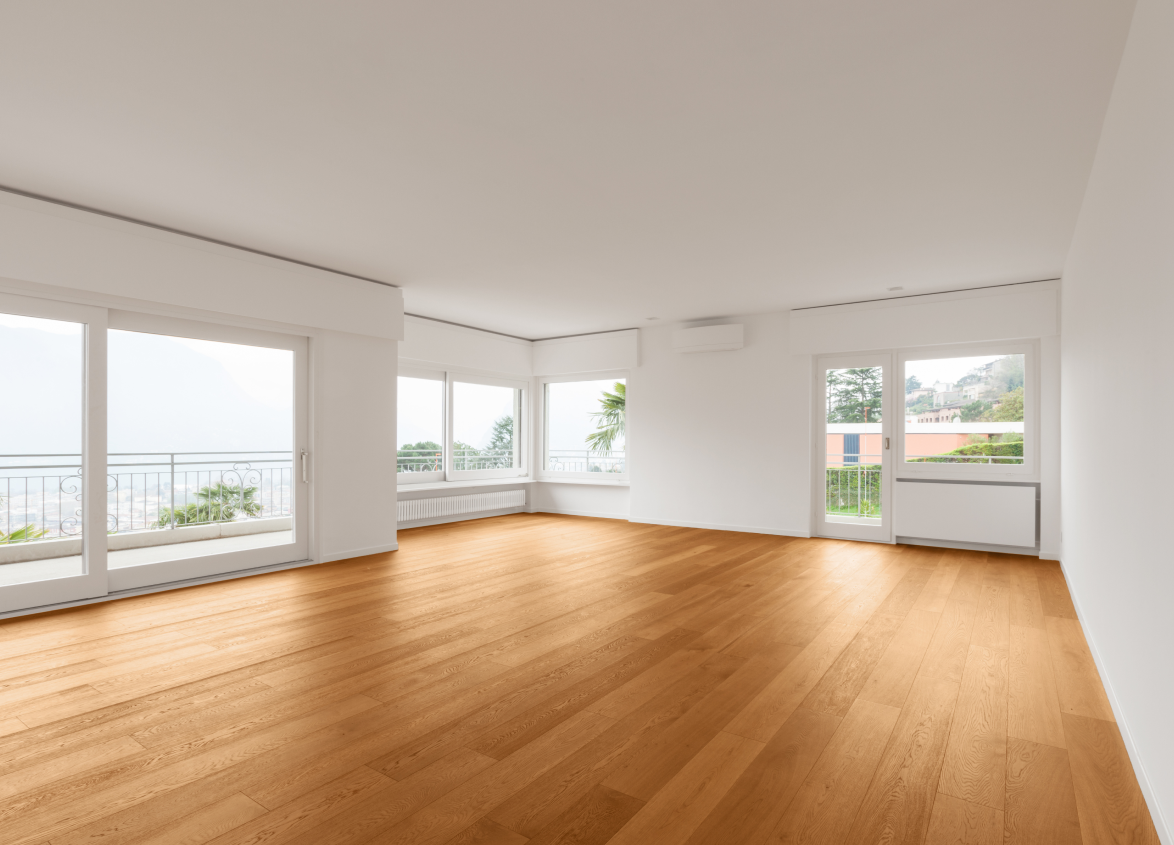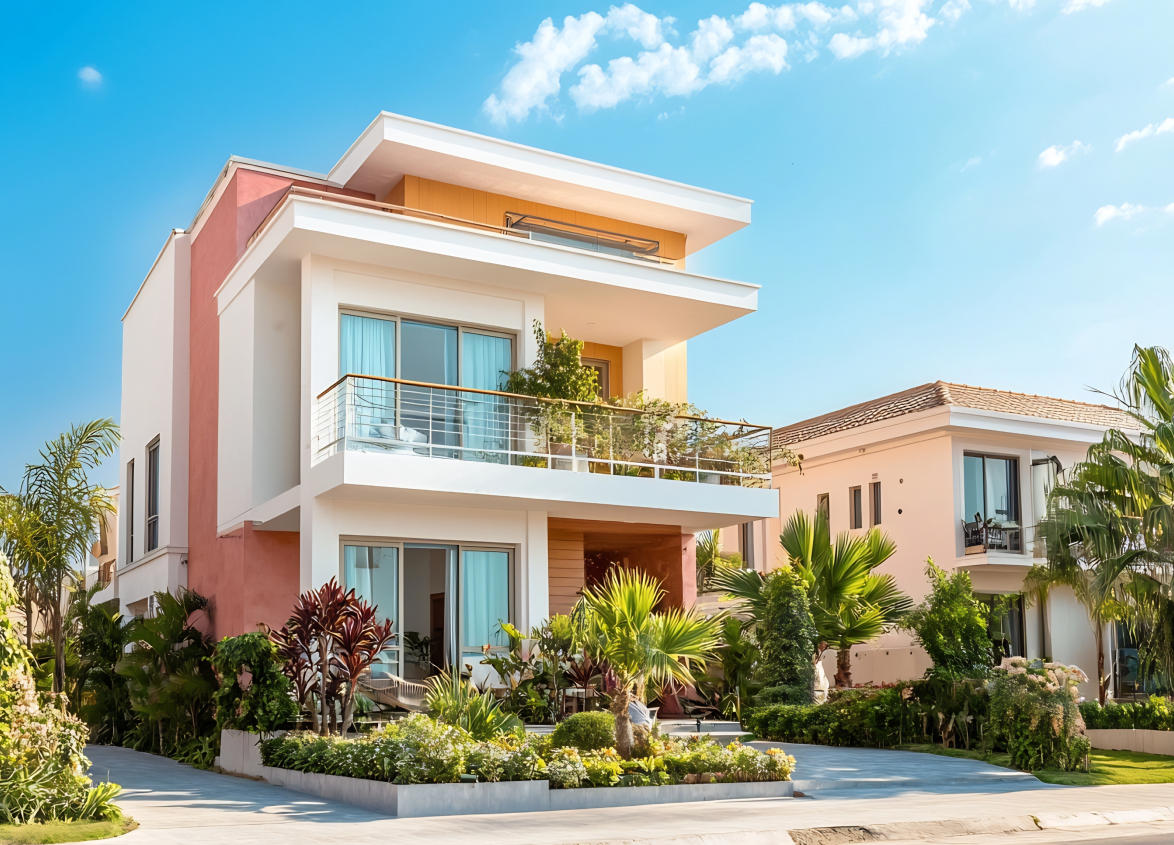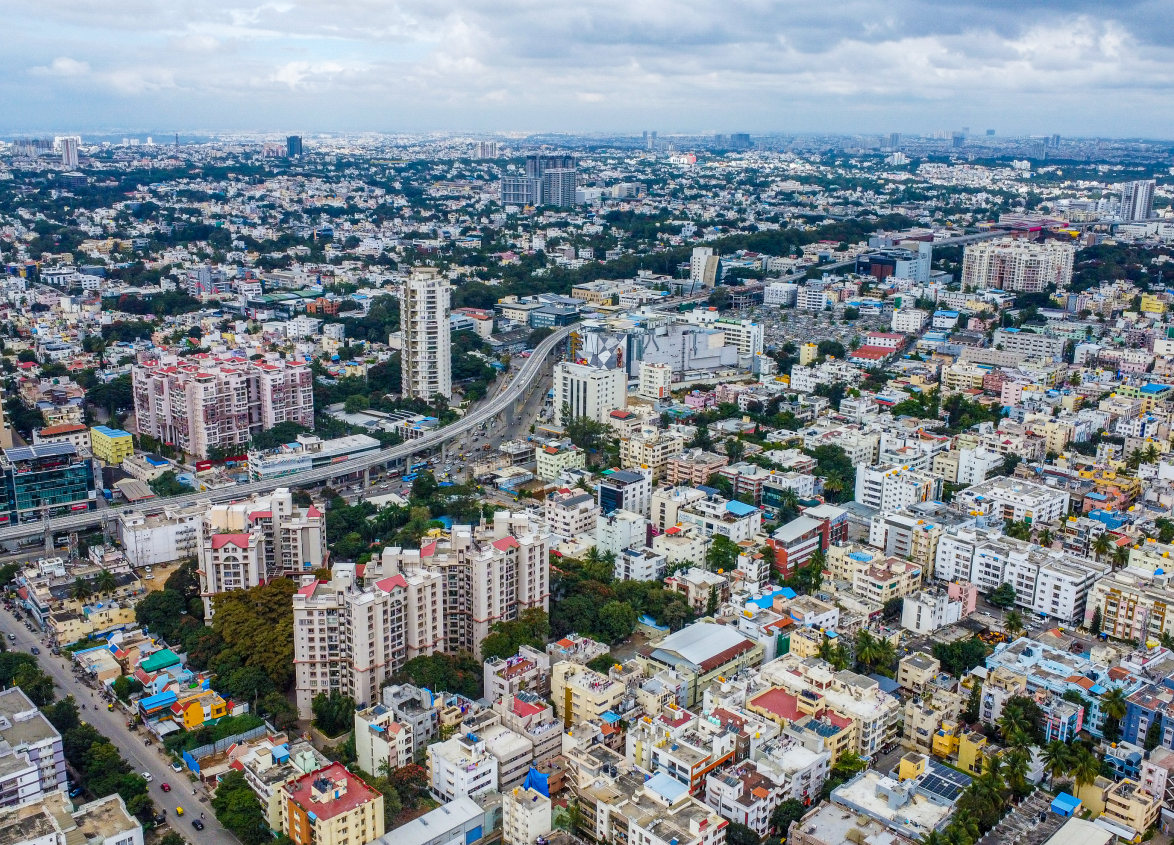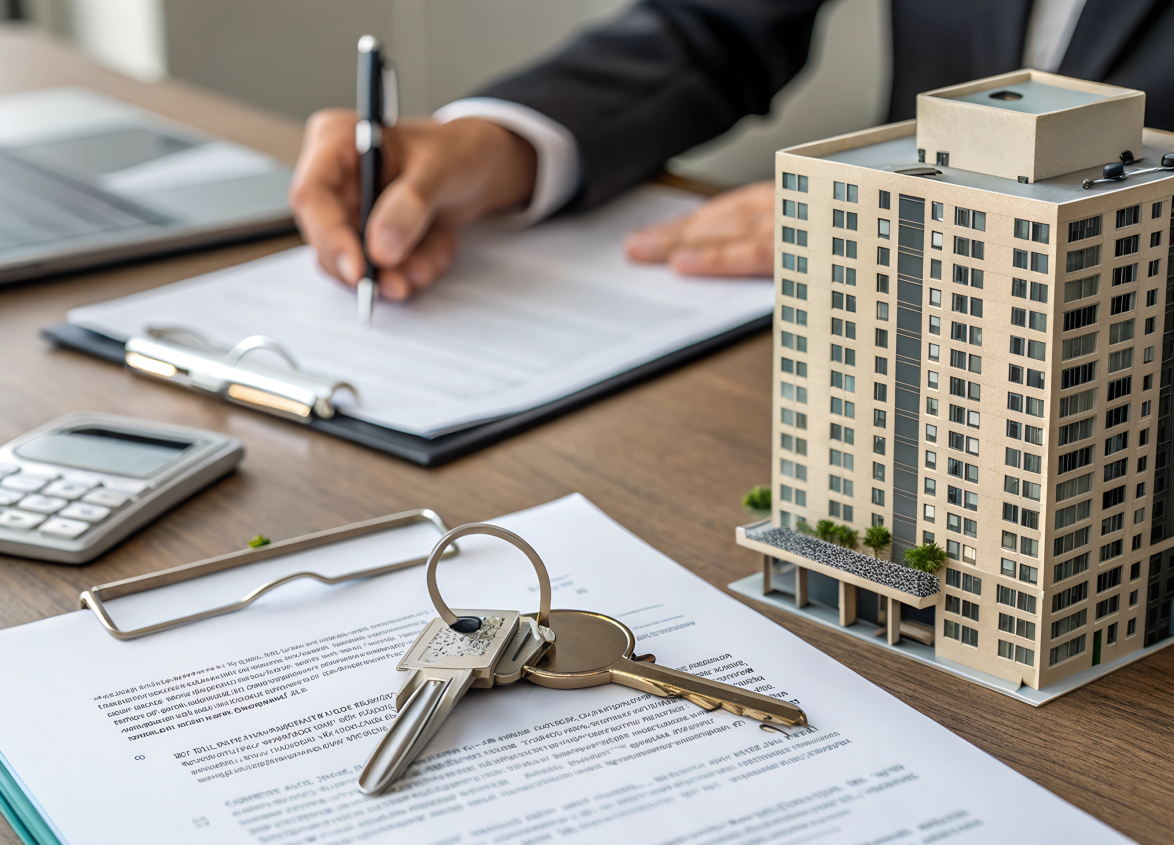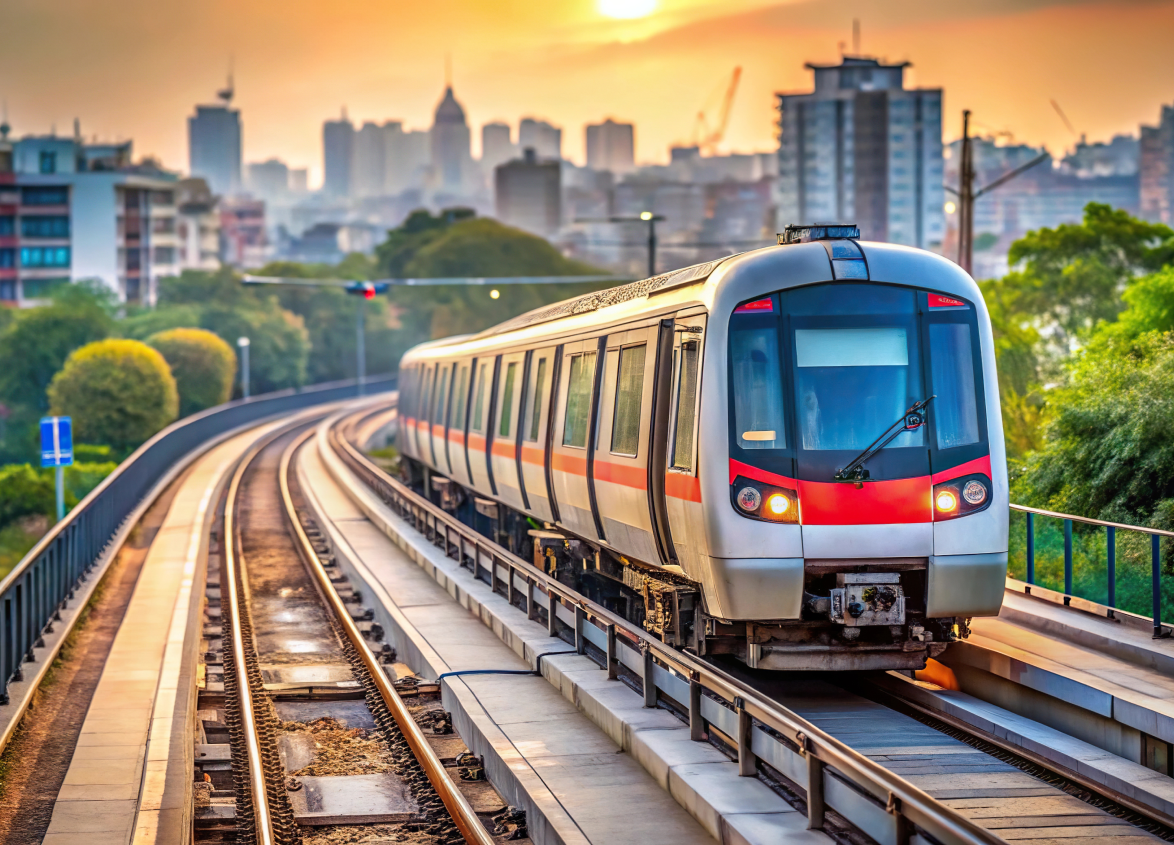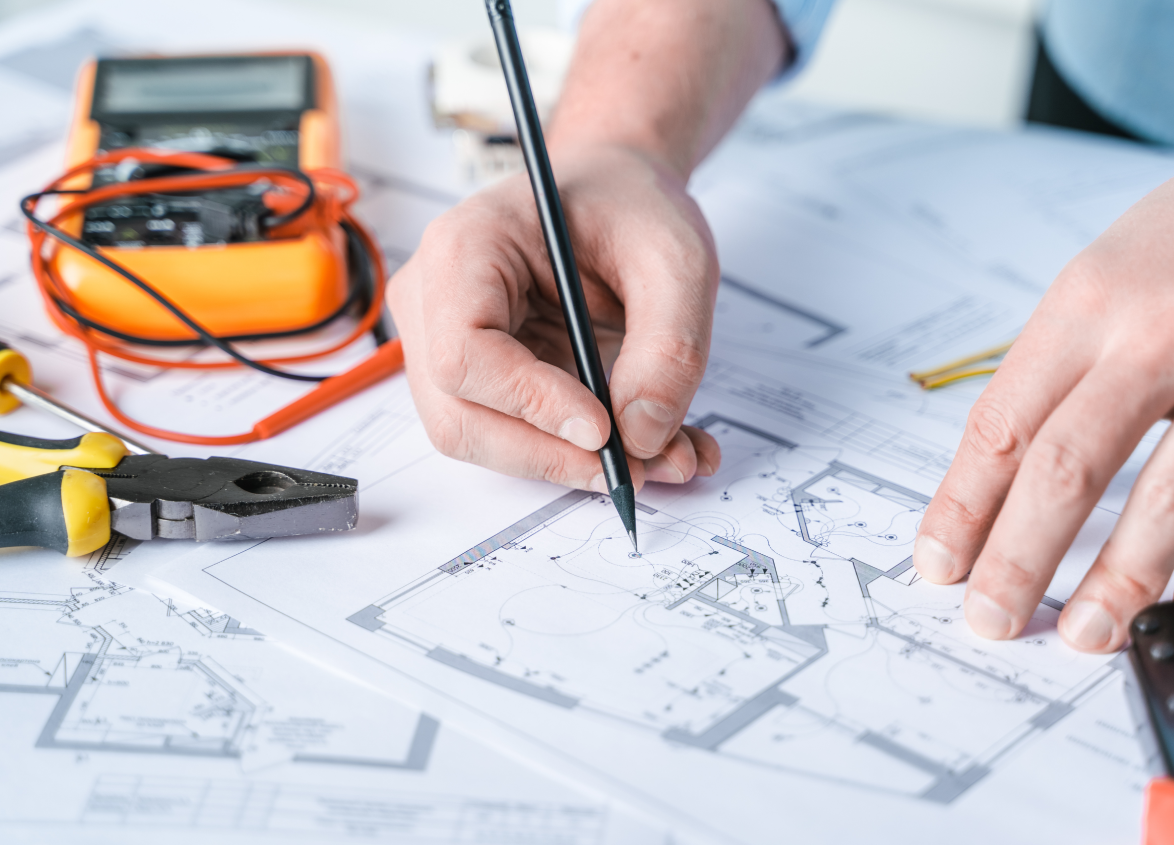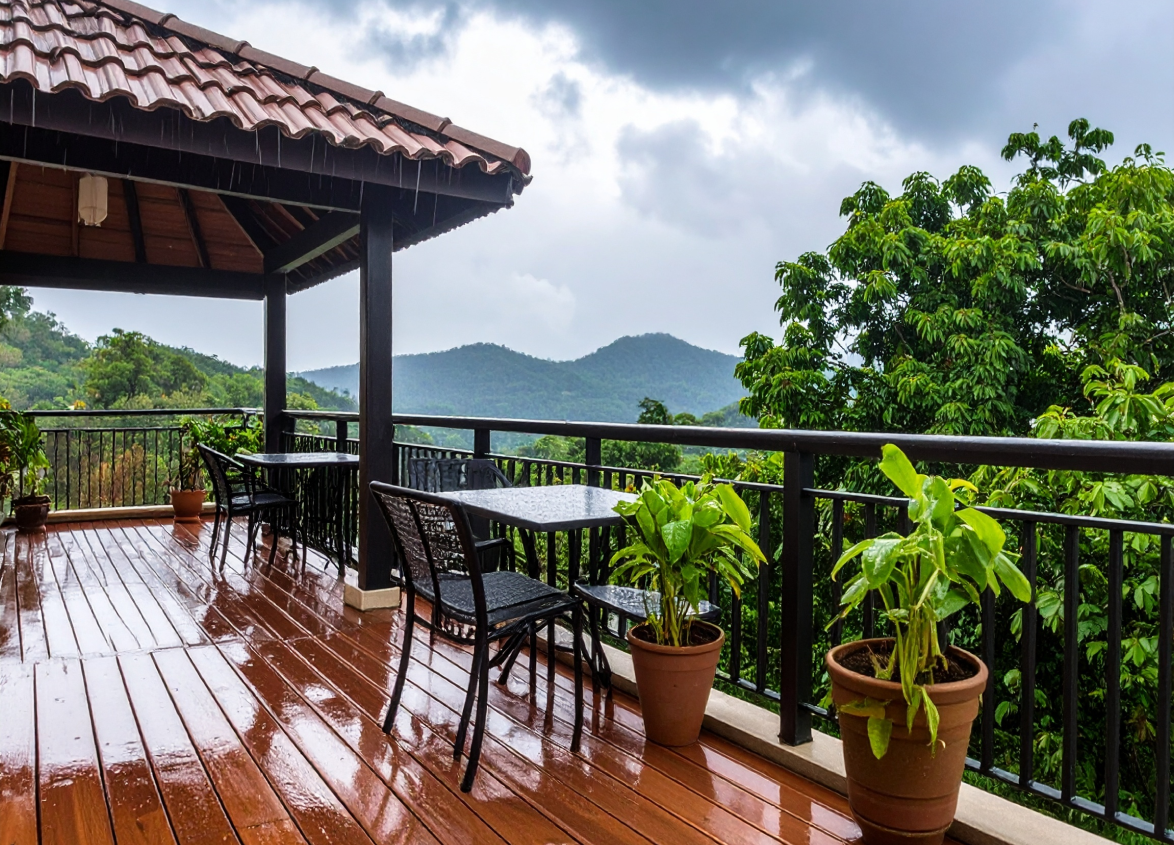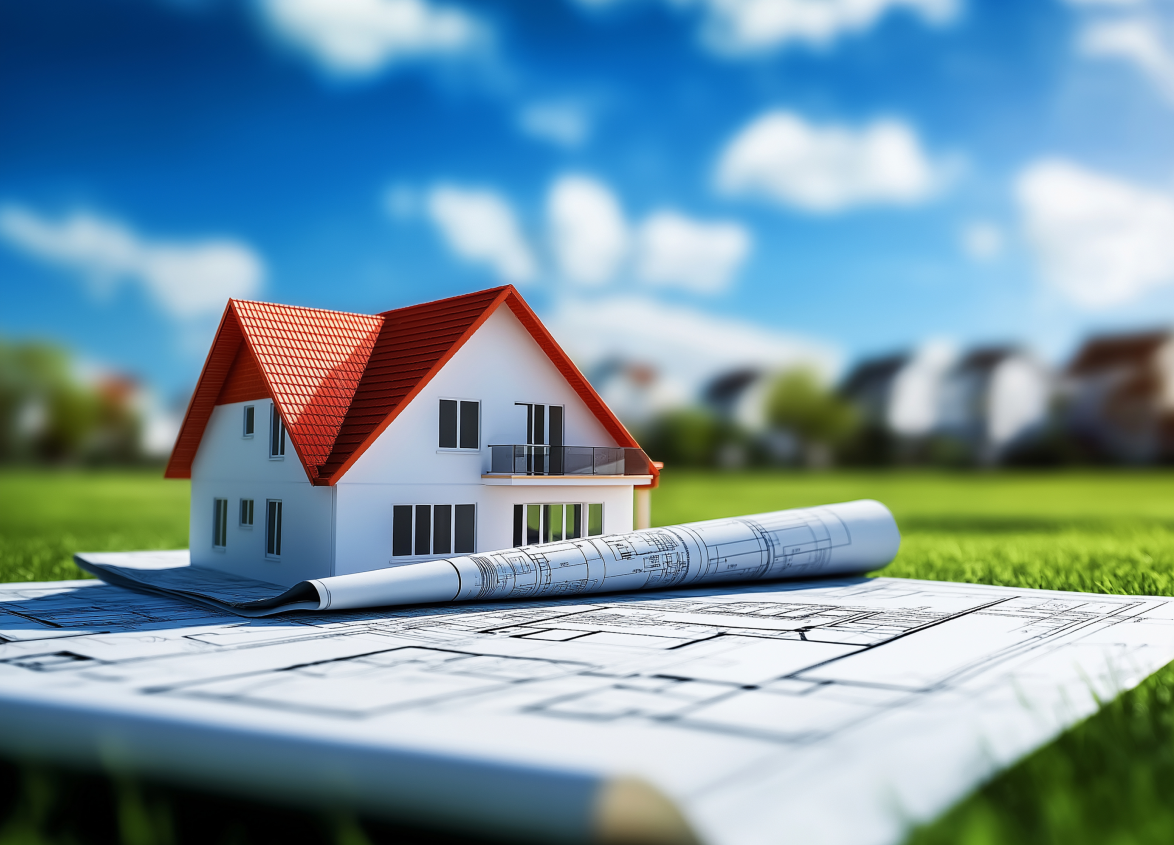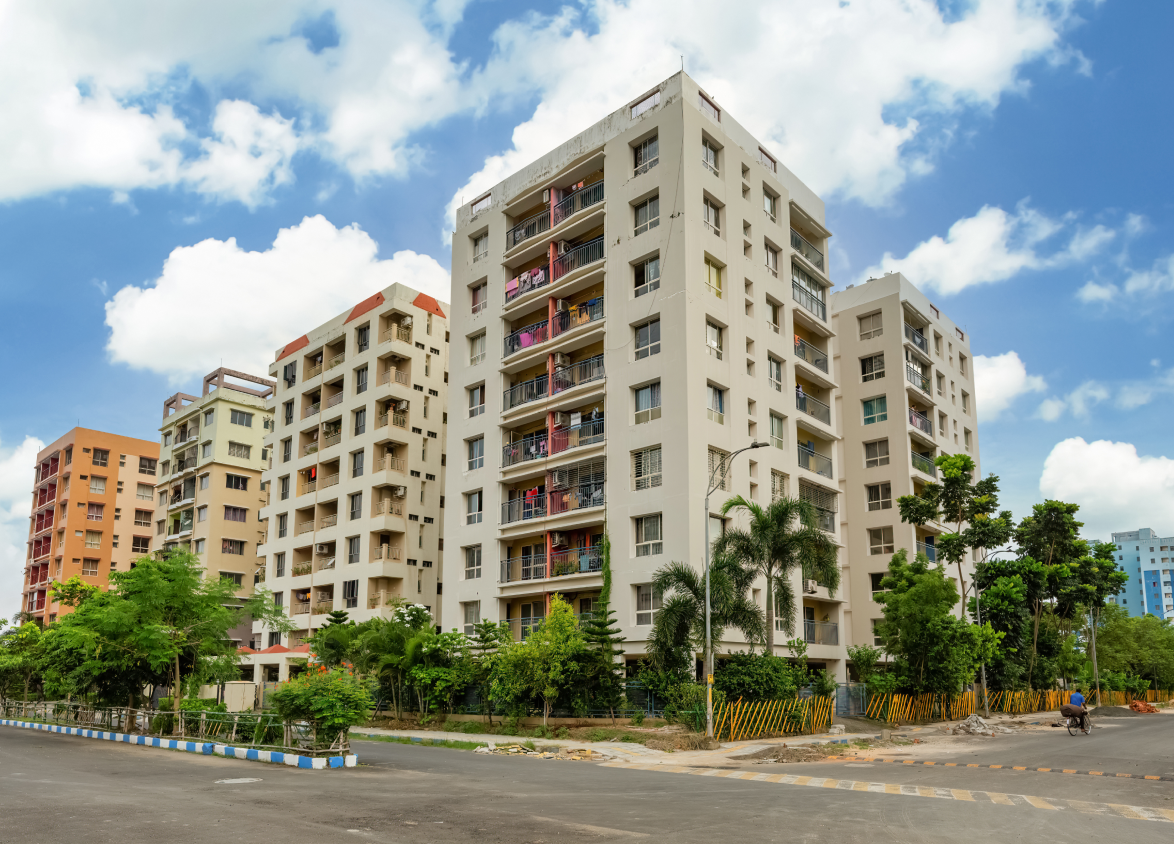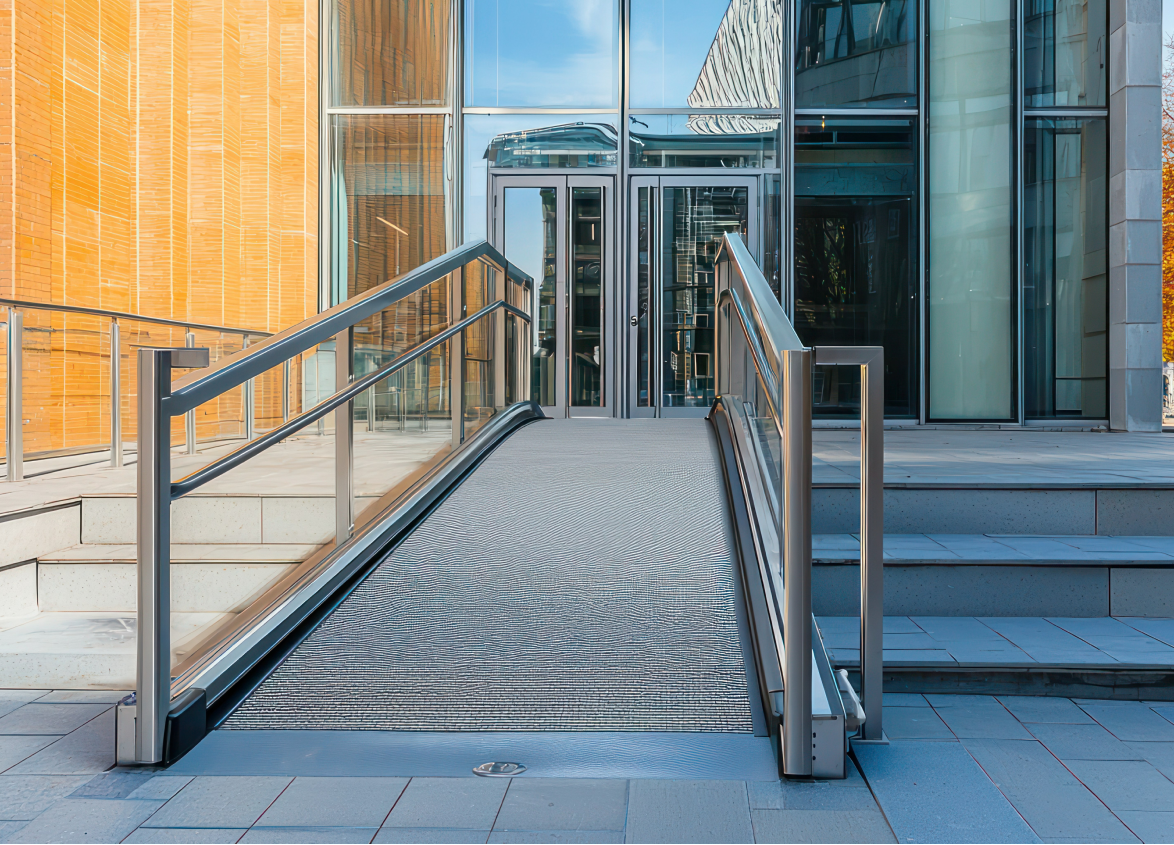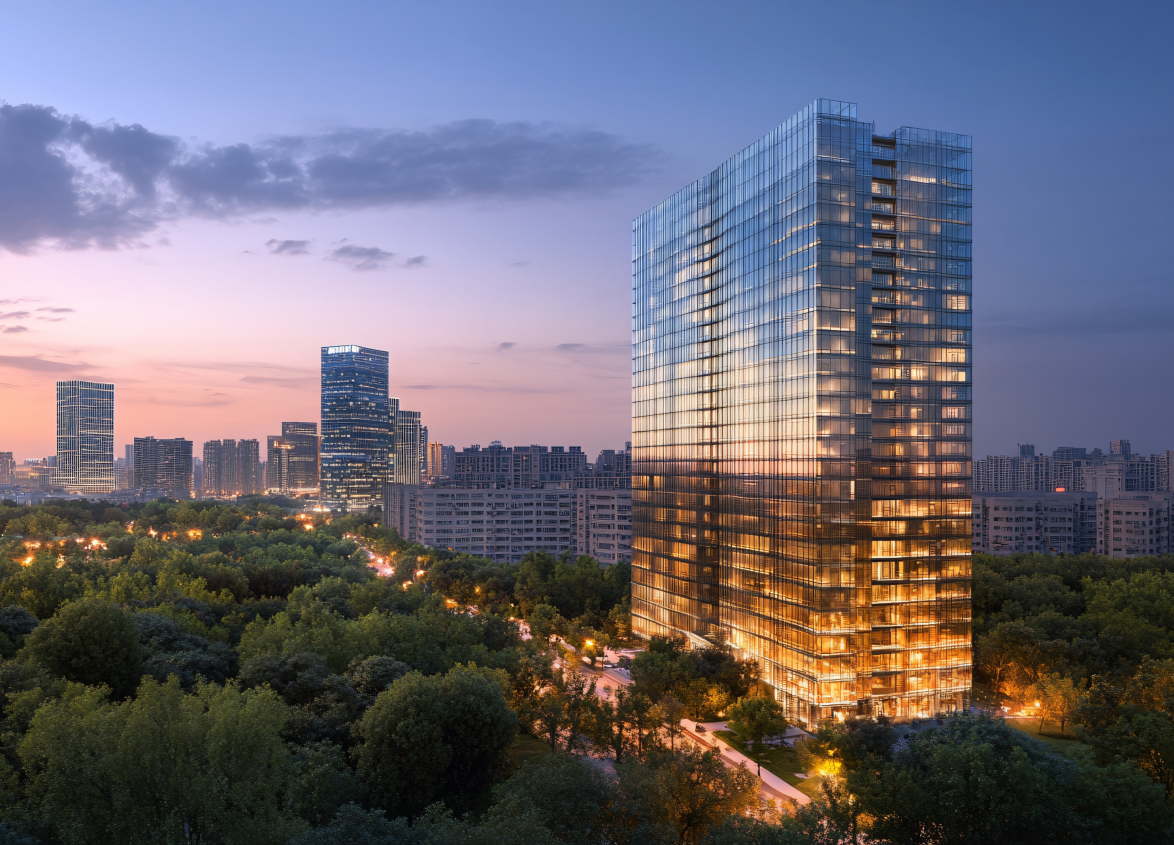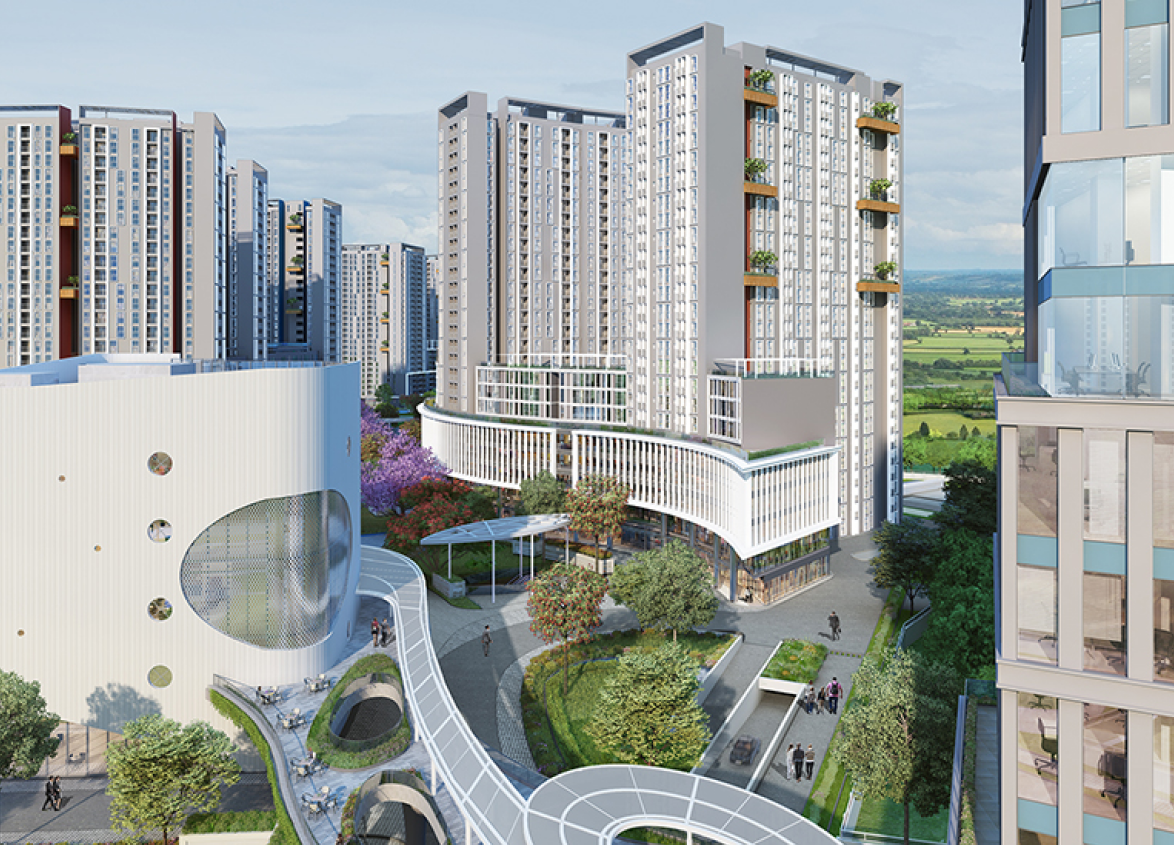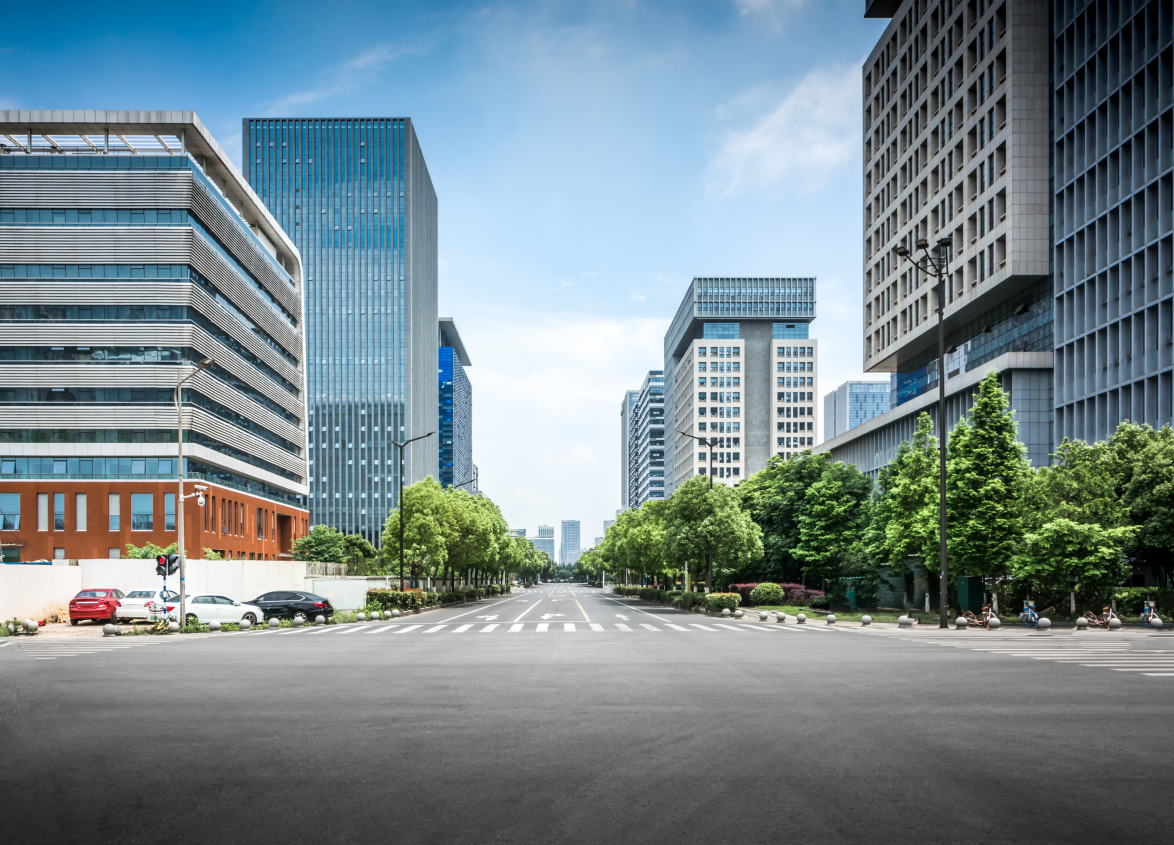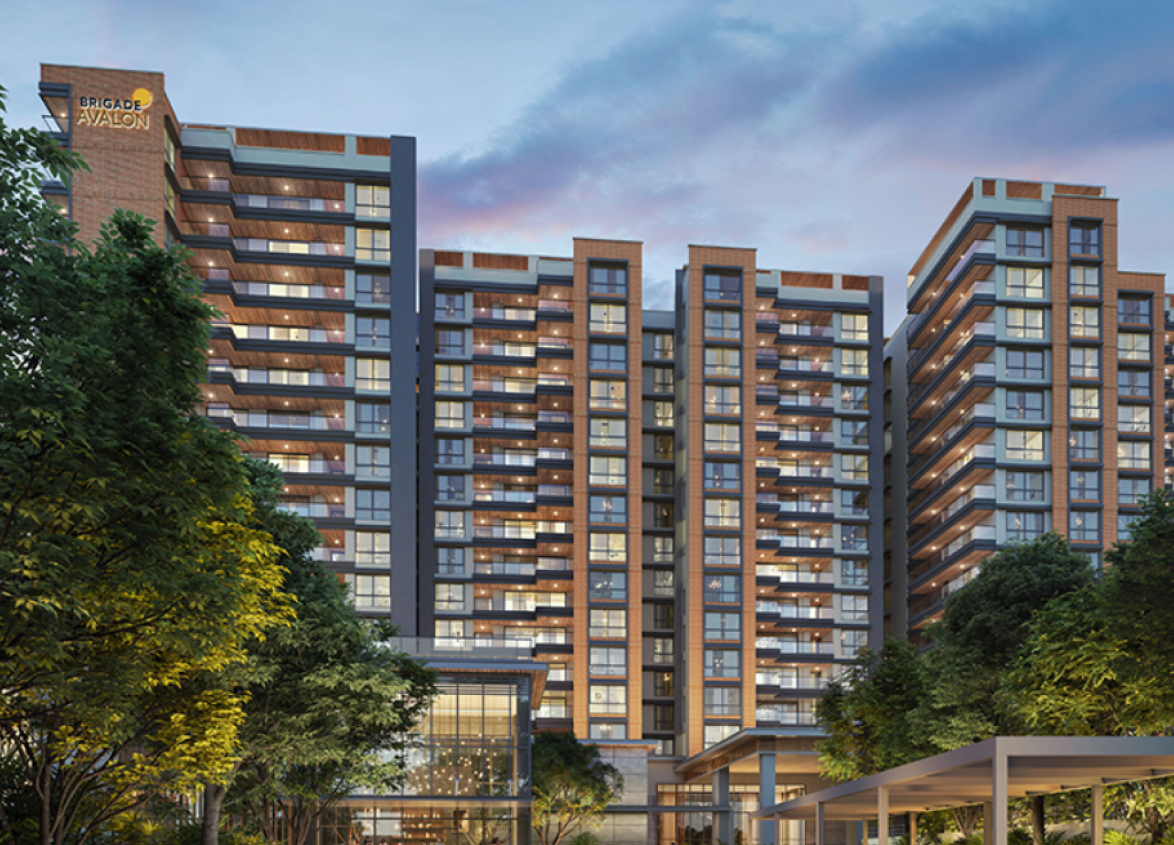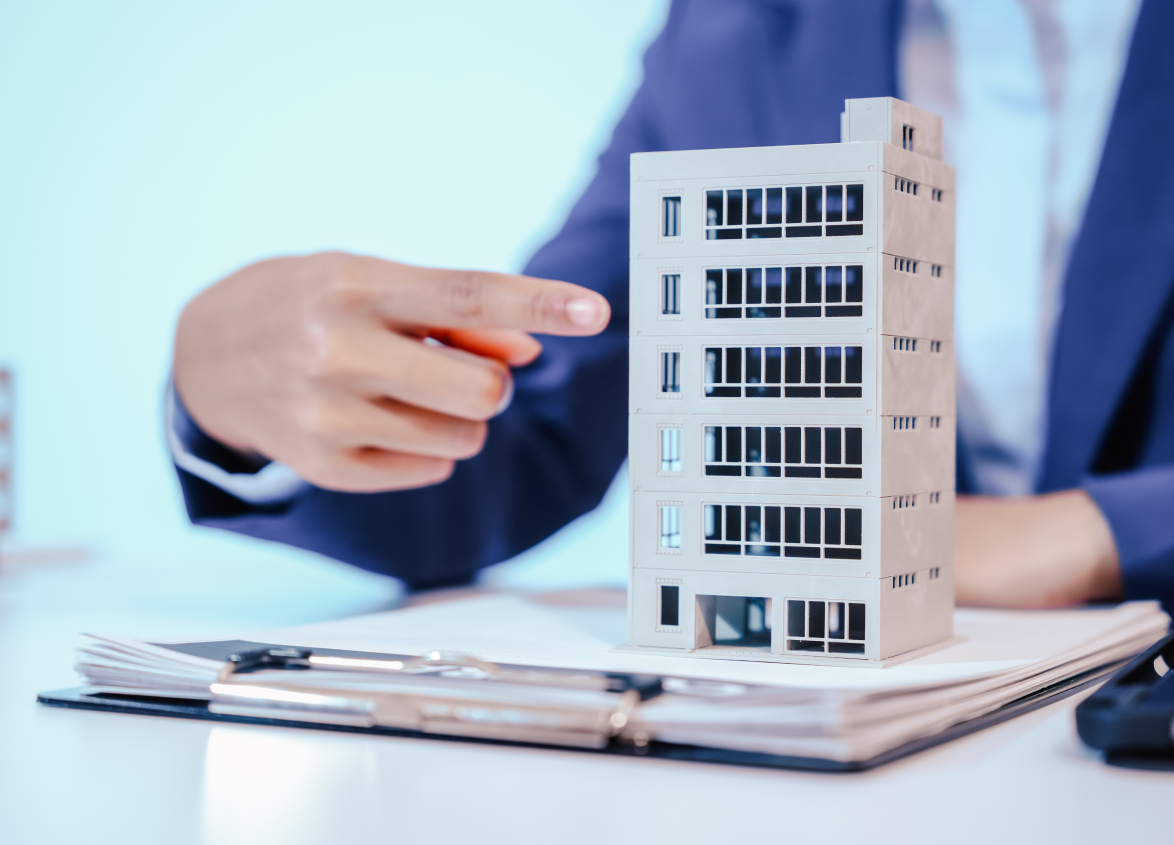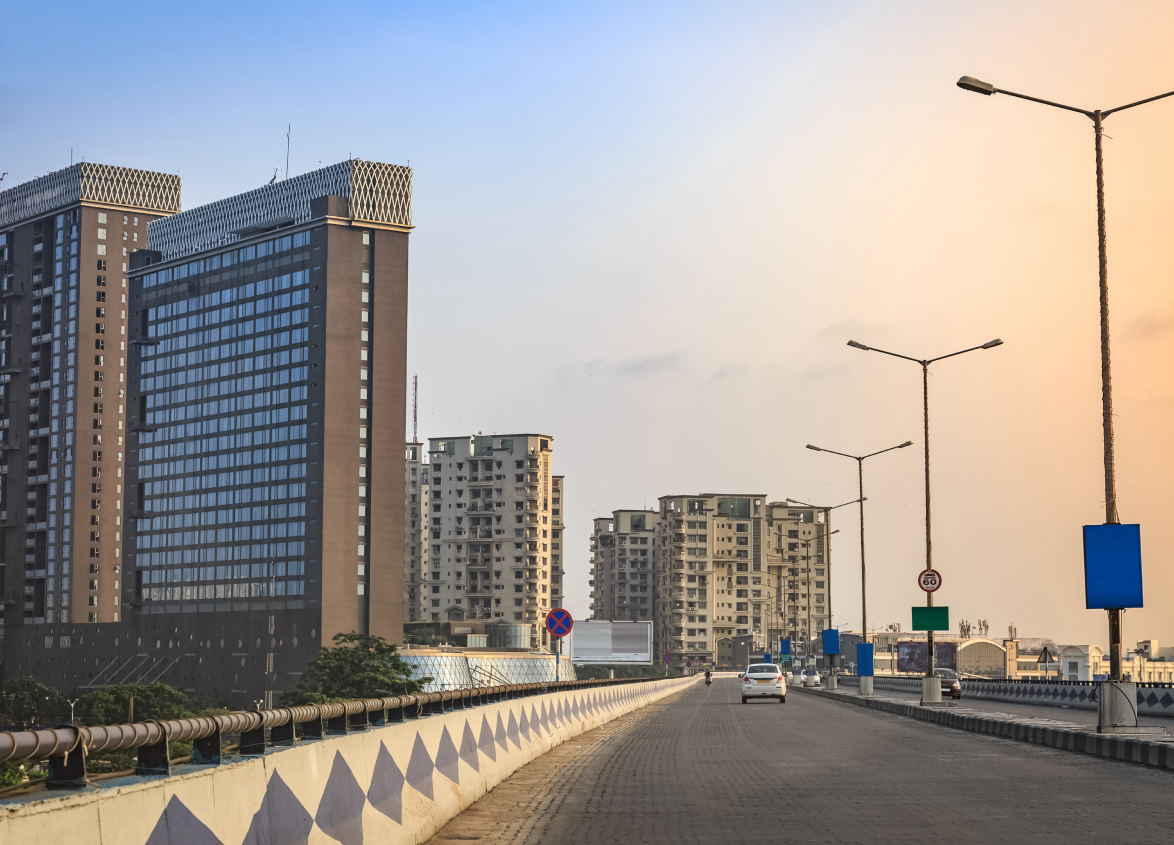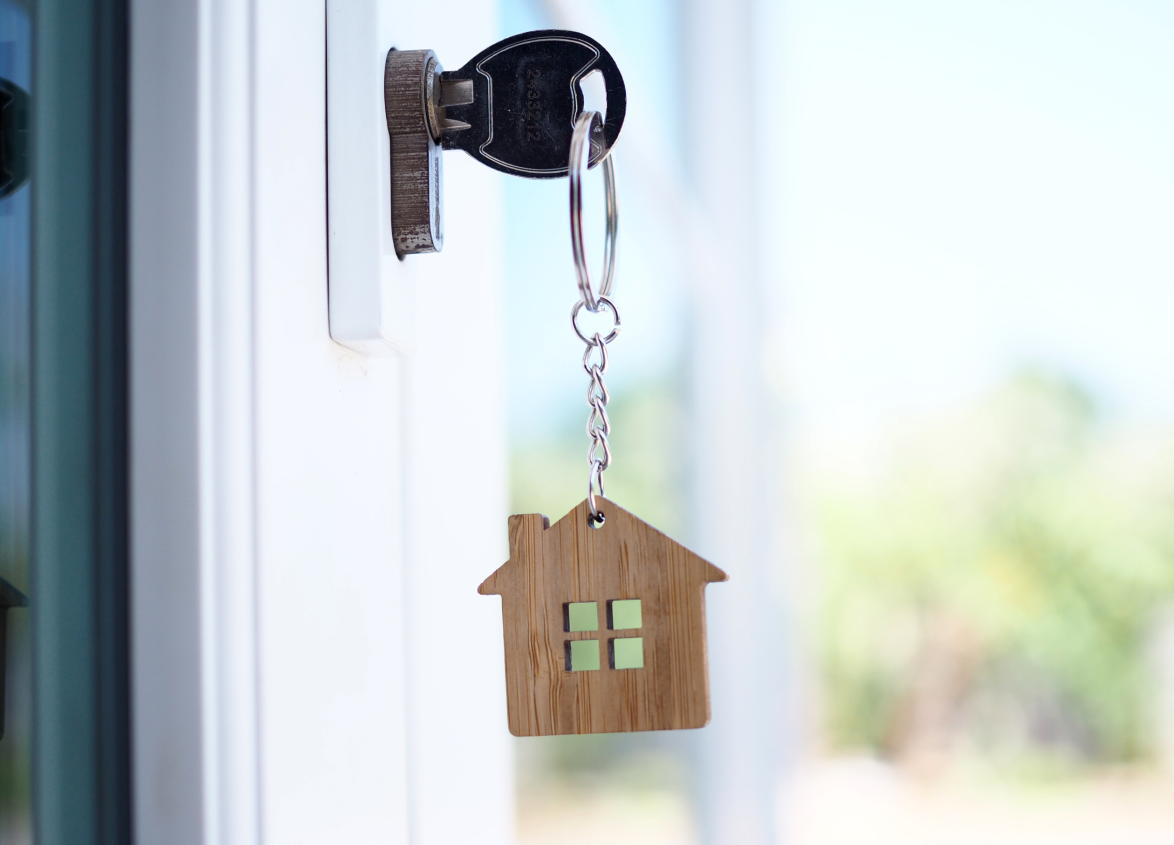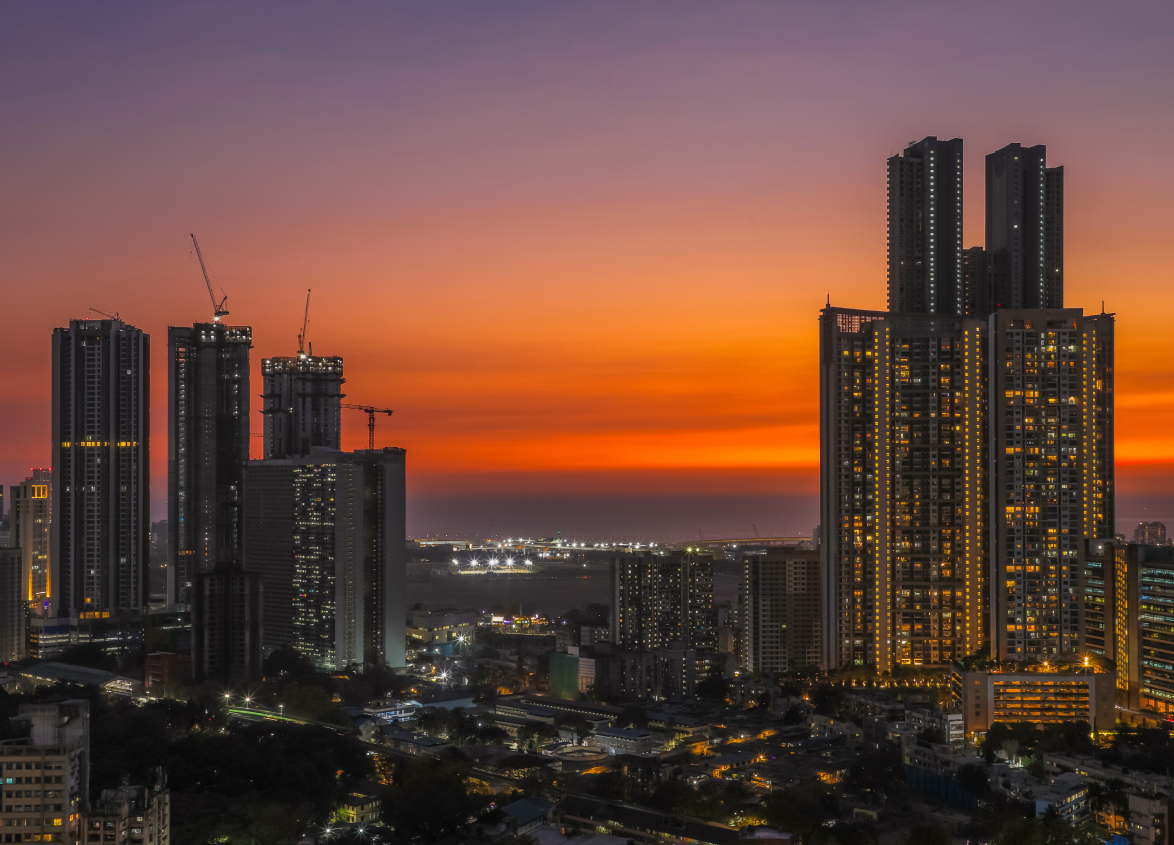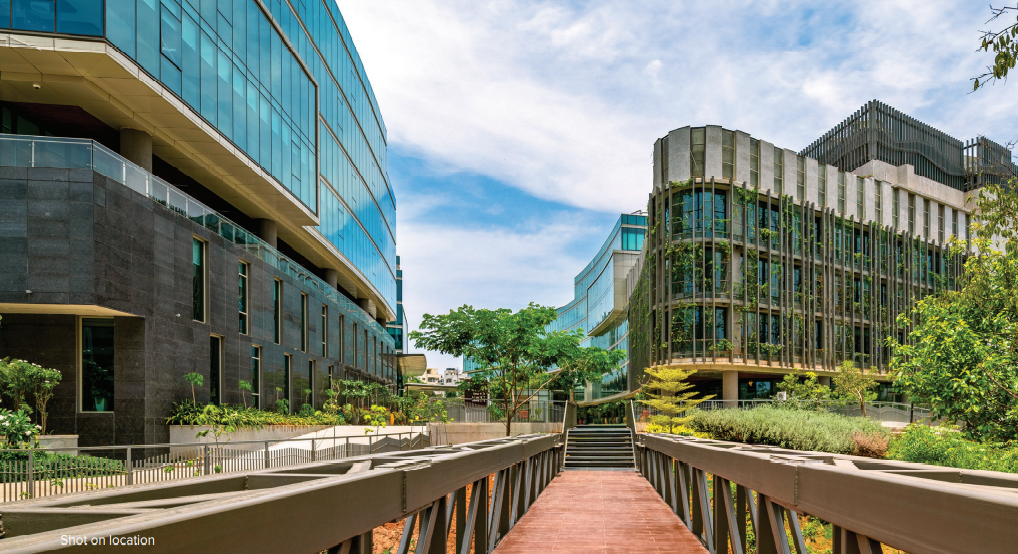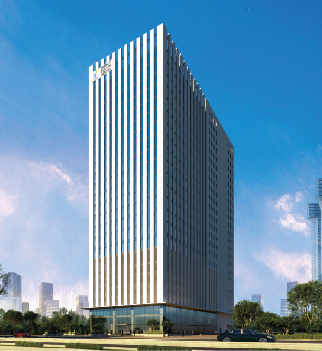
Residential
High-Rise vs. Low-Rise Apartments: Which One is Right for You?
June 06, 2025
In today's fast-changing real estate world, high-rise or low-rise apartments are among the top choices for homebuyers and investors. As the skylines of cities get taller and suburbs provide charm and convenience, it is crucial to understand the pros and cons of each building type to make an informed investment or lifestyle choice.
From high-rise luxury apartments with breathtaking views to low-rise buildings with a warm, community feel, each has pros and cons. Whether you're looking for a peaceful, family-style atmosphere or high-rise living in the city, this detailed guide will assist you in comparing, contrasting and selecting the best fit for you.
What Are High-Rise and Low-Rise Apartments?
The key difference between high-rise and low-rise apartments lies in the floors:
High-rise apartments: Usually referred to as buildings with over 10 floors, they are found in high-rise metropolitan city structures and usually contain modern facilities such as elevators, security, gyms, pools, and sky lounges.
Low-rise apartments: These buildings are typically four stories or less and tend to take up more space on a property. They are commonly found in low-rise residential layouts or gated communities and are chosen for their quieter environment, fewer units and exposed living space.
Mid-rise apartments (contextually relevant): Mid-rise apartments, typically 5 to 9 stories tall, blend the features of high and low-rise buildings.
Comparison Table: High-Rise vs Low-Rise Apartments
| Feature | High-Rise Apartments | Low-Rise Apartments |
|---|---|---|
| Number of Floors | 10+ floors | 1–4 floors |
| Elevator | Mandatory | May or may not be available |
| Views | Panoramic cityscapes from higher floors | Limited, often scenic or garden-facing |
| Living Space | May be compact due to vertical design | More spacious layouts per unit |
| Amenities | Rich in luxurious amenities | May have fewer amenities |
| Security | 24/7 surveillance, gated entry | Gated, but sometimes with minimal staff |
| Community Feel | Less personal due to a large population | Stronger, intimate community with fewer units |
| Noise Levels | Higher in urban surroundings | Quieter due to limited occupancy |
| Accessibility | Elevator-dependent | Easier stair access is better for seniors |
| Emergency Response | Evacuation may take longer | Faster exit routes |
| Cost | Often come with higher costs | Typically more affordable |
| Maintenance Charges | Generally higher due to modern amenities | Lower overall maintenance |
| Resale/Investment Value | Higher appreciation in premium localities | Stable value in suburban areas |
Factors to Consider When Choosing
Choosing between high-rise and low-rise apartments depends on several key factors related to your lifestyle, financial capability and long-term goals.
1. Budget and Cost of Living
High-rise apartments often have a premium price tag, especially in central business districts. The higher costs are attributed to modern amenities, elevators, power backup, fire safety and premium finishes.
Low-rise, especially in suburban or developing areas, are often more affordable apartments in terms of initial price and monthly maintenance.
Tip: Always factor in not just the purchase price but the ongoing costs—higher floors may come with extra floor-rise charges, and high-rises generally have higher maintenance charges due to amenities like lifts and pools.
2. Lifestyle Preferences
If you enjoy vibrant city views, rooftop lounges and the convenience of an on-site gym, high-rise living may suit your needs.
On the other hand, if you prefer open lawns, walkable paths and a calm environment, low-rise condos or apartments are a better match.
In a low-rise apartment building, the proximity to the ground provides easier access to outdoor areas and enhances the connection with nature.
3. Family Size and Age Group
Families with young children or elderly members often prefer low-rise apartments because they offer easy stair access, reduced elevator dependency and proximity to open spaces.
In contrast, singles, couples and young professionals often prefer high-rise condos for their location, style and access to luxury features.
Elderly members are better accommodated in smaller buildings where emergency evacuation is easier and stair access is possible even during a power outage.
4. Safety and Security
Both building types offer varying degrees of safety:
High-rise structures are built with strict fire safety regulations, including evacuation plans, fire exits, smoke detectors and sprinkler systems.
However, emergency response in high-rise apartments can be more complex, especially for people on higher floors.
Low-rise buildings, with their limited height, offer faster evacuation during emergencies and are generally easier to manage in fire or earthquake situations.
How do you verify if your building is structurally safe? Check if it is earthquake-resistant, as mandated by your local municipal authority or builder documentation.
5. Community Living and Social Interaction
Low-rise apartments foster a tighter sense of community because of fewer units and shared outdoor areas.
High-rise buildings, especially skyscrapers with 100+ units, may feel more anonymous, although some luxury high-rises do incorporate social zones and community events.
Low-rise housing may appeal more if you value regular interaction with neighbours and a close-knit social fabric.
6. Amenities and Infrastructure
High-rise apartments typically offer top-tier amenities like swimming pools, gyms, children’s play areas, sky gardens, business lounges and more.
Low-rise structures may include basic modern amenities like clubhouses or parks, but not on the same scale.
However, for some residents, fewer amenities mean lower maintenance and a less commercial experience.
7. Location and Urban Connectivity
High-rise buildings dominate urban skylines, offering excellent connectivity to metro stations, business hubs, schools and hospitals.
Low-rise buildings are often found in quieter, suburban areas where land availability allows horizontal development.
Suppose your workplace or lifestyle depends on proximity to the city centre. In that case, exploring “high-rise apartments near me” can help you find a well-connected residence in a bustling urban area. Brigade offers a diverse portfolio of high-rise and low-rise homes across prime urban and serene suburban locations, designed to match every lifestyle and stage of life.
8. Investment Potential and Resale Value
Luxury high-rise apartments in sought-after metro locations generally appreciate faster and attract rental demand, making them lucrative for investors.
A low-rise apartment building provides stable resale value and rental yield in family-friendly suburban zones.
Long-term capital appreciation is often higher in high-rise apartments due to location and demand, but low-rise apartments provide better value for money and more stability.
Pros and Cons Summary
High-Rise Apartments:
Pros of High-Rise Apartments: | Cons of High-Rise Apartments: |
|---|---|
| Excellent views from higher floors | Higher purchase and maintenance costs |
| Premium luxurious amenities | Longer evacuation times during emergencies |
| Superior security systems | Elevator dependence |
| High appreciation potential in city areas | Can feel crowded or impersonal |
Low-Rise Apartments
Pros of Low-Rise Apartments: | Cons of Low-Rise Apartments: |
|---|---|
| Quieter, peaceful surroundings | Fewer luxury amenities |
| Easy access—especially for seniors and children | Limited availability in city centres |
| Lower maintenance costs | Lower resale appreciation in some areas |
| Stronger sense of community | Less likely to have features like sky lounges or business centres |
How to Check If Your Building Is Earthquake-Resistant?
A critical factor for any high-rise or low-rise condo is its earthquake resilience.
Here’s how to verify:
1. Ask for structural drawings and approval certificates from the builder. Earthquake safety compliance should be included.
2. Check for IS code adherence, such as IS 1893, which covers seismic design requirements.
3. Ensure the project has clearance from local disaster management and fire safety departments.
4. Look for third-party structural audits, especially for older buildings.
A building's height doesn’t automatically determine safety design; material quality and engineering make all the difference.
Conclusion
There is no one-size-fits-all answer in the debate of high-rise vs low-rise apartments. The ideal choice depends on your budget, family needs, lifestyle preferences and long-term goals.
If you crave convenience, stunning views and high-rise living in a bustling urban area, a high-rise apartment might be your dream home. But if you value community, peace and easy access for all age groups, low-rise housing offers a charming alternative.
As the real estate landscape evolves, high-rise and low-rise apartments continue to serve the diverse needs of today’s homebuyers. Before making a final decision, evaluate your priorities, explore options and use expert resources to ensure your home investment aligns with your future.
FAQ's
1. What is the difference between a high-rise and a low-rise apartment?
High-rise apartments typically have 10+ floors and are found in city centres, while low-rise buildings have up to 4 floors and are common in suburban areas.
2. Which is safer during emergencies: high-rise or low-rise apartments?
Due to their fewer floors, low-rise apartments are safer for evacuation. However, high-rises are built with advanced fire and structural safety features.
3. Are maintenance charges higher in high-rise apartments?
High-rise apartments usually have higher maintenance charges because of elevators, power backups, pools and other modern amenities.
4. Do low-rise apartments offer modern amenities like gyms or clubhouses?
Many low-rise apartments include basic amenities, but they may not match the luxury level of high-rise communities.
5. Which type of apartment is better for families with elderly members?
Low-rise apartments are better suited for seniors due to easy access, minimal elevator dependency and quieter surroundings.
6. Are high-rise apartments more expensive than low-rise ones?
Generally, yes. High-rise apartments are expensive due to premium locations, floor-rise charges and extensive amenities.
MUST READ
Looking for something specific?
We'd be delighted to help you.
